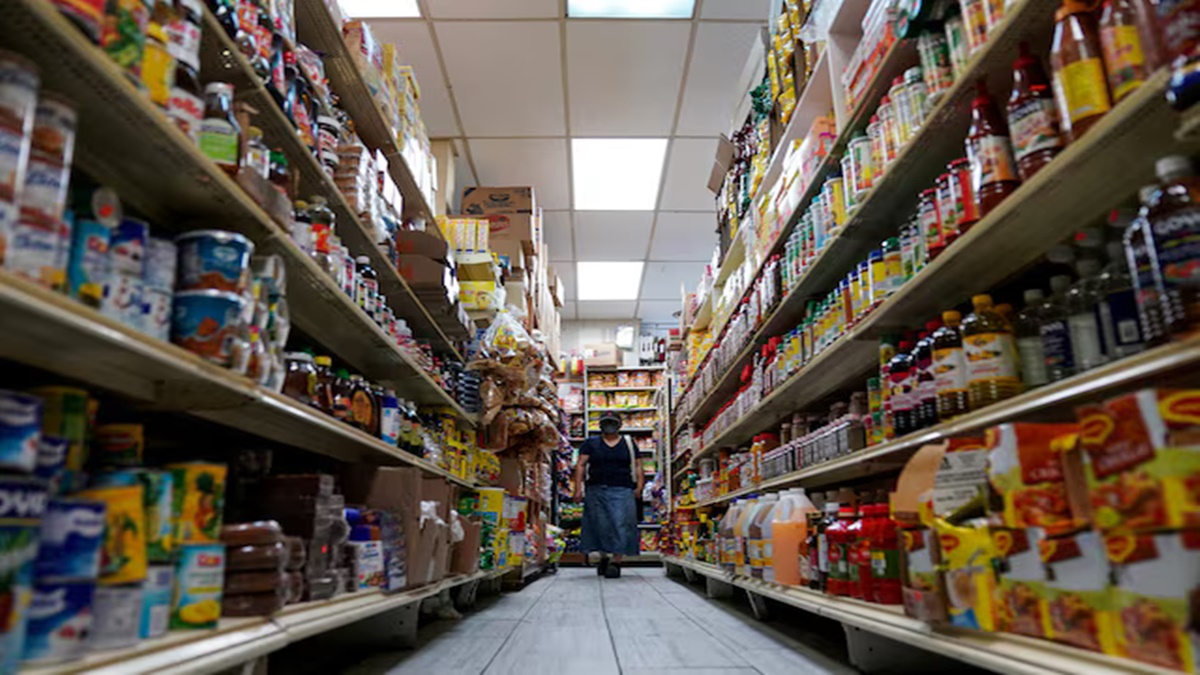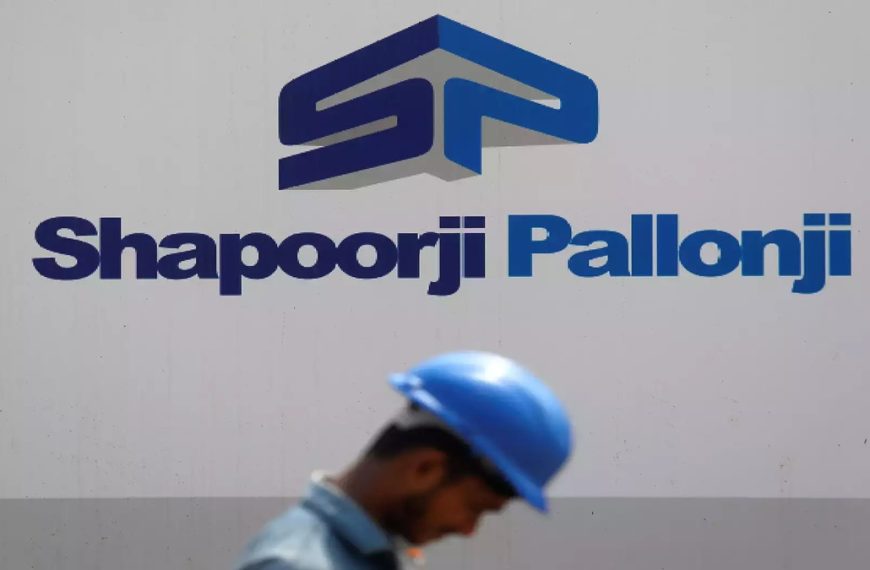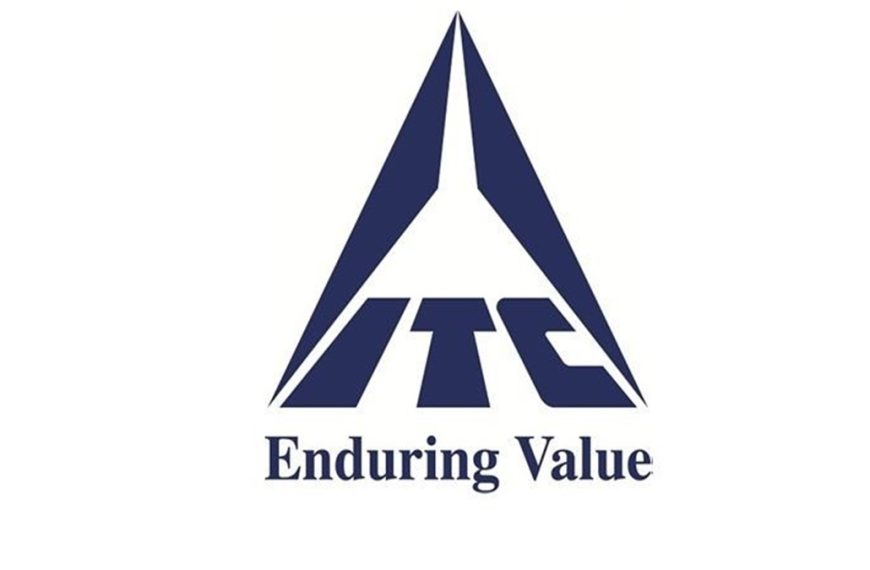The fast-moving consumer goods (FMCG) industry is poised for a notable revenue recovery, projected to increase by 100 to 200 basis points (bps) to 6-8% in fiscal 2026, compared to a more conservative growth rate of 5-6% in fiscal 2025, according to a recent analysis from Crisil Ratings. This anticipated growth is primarily driven by a 4-6% rise in volume fueled by a gradual resurgence in urban markets and consistent demand from rural areas.
Trends in the FMCG Sector
The report underscores several strategic initiatives that traditional FMCG companies are adopting to navigate competitive pressures:
- Acquisitions of Direct-to-Consumer (D2C) Brands: Companies are actively seeking to incorporate D2C brands into their portfolios, enhancing their market presence.
- Emphasis on Digital Channels: There is a concerted push towards leveraging digital platforms to reach consumers more effectively.
- Introduction of Lower-Priced Products: To cater to budget-conscious shoppers, firms are rolling out more affordable product options amid intensifying competition.
Revenue Drivers and Inflation Impact
Crisil forecasts an additional 2% revenue growth stemming from price adjustments as FMCG companies respond to inflationary pressures in essential categories such as soaps, biscuits, coffee, hair oil, and tea. Key input costs, particularly for palm oil, coffee, copra, and wheat, are influencing these pricing strategies, especially since palm oil is integral to the food and beverage, personal care, and home care sectors.
Profitability Outlook
Operating profitability for FMCG firms is anticipated to remain stable but in a healthy range of 20-21% in FY26, following a slight decline of 50-100 bps in FY25. Overall, the credit profiles of companies within the FMCG sector are expected to maintain stability, reflecting robust financial health.
Crisil’s analysis encompassed 82 FMCG companies, which together represent about one-third of the sector’s projected revenue of Rs 5.9 lakh crore for the current fiscal year.
Regional Insights and Consumption Patterns
In terms of market segmentation, urban areas contribute approximately 60% of revenue, while rural markets account for the remaining share. Notably, food and beverages are responsible for nearly 50% of total sector revenue, with personal care and home care each contributing around 25%.
The report highlights that urban consumption is facing challenges due to high food inflation, rising interest rates, and stagnant wage growth. Specific sectors within personal care and certain food and beverage categories have been particularly affected. Conversely, rural markets have shown resilience, recovering and even surpassing urban growth in recent quarters, thanks in part to favorable monsoon conditions.
Expert Insights on Market Dynamics
Anuj Sethi, Senior Director at Crisil Ratings, commented on the situation, stating, “We anticipate a gradual volume recovery as moderating food prices, declining interest rates, and tax relief measures from the upcoming Union Budget stimulate urban demand. Rural markets are likely to see steady growth due to ongoing welfare initiatives and increases in minimum support prices.”
Furthermore, traditional FMCG players are facing heightened competition from regional and local brands as consumers shift towards more affordable options. The rise of digital channels has also expanded distribution possibilities for D2C brands, intensifying the competitive landscape.
Aditya Jhaver, Director at Crisil Ratings, added, “To sustain growth, traditional FMCG companies are actively pursuing D2C brand acquisitions, ramping up digital advertising for premium products, and launching economical product packs. With quick commerce now representing approximately 30% of the e-commerce market, companies are tailoring exclusive offerings for these platforms, helping them navigate competitive pressures effectively.”
Future Considerations
Despite the modest revenue growth projections, Crisil emphasizes that the credit profiles of FMCG companies remain robust, supported by strong cash flow management, solid balance sheets, and substantial liquid assets.
As the sector moves forward, key factors such as input prices, monsoon patterns, and consumer spending will be crucial to monitor. This evolving landscape presents both challenges and opportunities for FMCG companies looking to thrive in a competitive marketplace.











